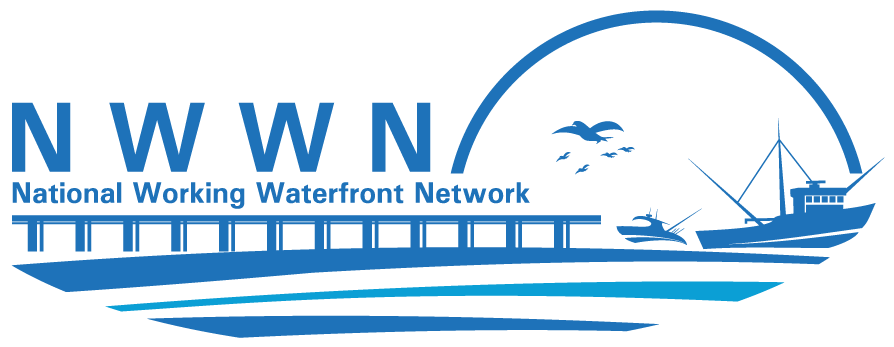Implementation
“Public engagement is one of the hardest, most frustrating parts of community planning – but it’s the most important. If you don’t bring stakeholders in at the beginning, to address their needs, interests, concerns – you will need to do it later when it is harder to accommodate. So in a way, you have to go slow to go fast.” – Jonas Savage, Environmental Director, Trinidad Rancheria, Trinidad, CA
Successful working waterfront initiatives begin through partnerships that foster cooperation among diverse users.
Working waterfronts are, almost by definition, meeting places for diverse users that depend on access to the water – commercial fishing, boat building, whale watching, kayaking, etc. These uses are sometimes at odds. Recreational users such as kayakers for example, may end up vying for dock space alongside commercial users. Effective implementation of working waterfronts initiatives also involve partnerships, frequently including multi-level governmental partnerships.
Models of coastal stakeholders working cooperatively to partner and resolve these issues can be found coast-wide. These models are captured in case studies and resources collected from across the country. These case studies and their related resources have been developed to help National Working Waterfront Network members learn how their peers have applied working waterfront tools in the real world.
- Case Studies – Regionally diverse case studies that demonstrate the implementation of a variety of tools for working waterfront preservation – financial, policy and regulation, planning, community engagement, etc.
- Oral Histories – Interviews with ten champions from around the nation are shared to learn why and how they are helping protect working waterfronts..
- Resources – Key resources related to the working waterfront case studies that provide guidance to those seeking to launch new initiatives.

